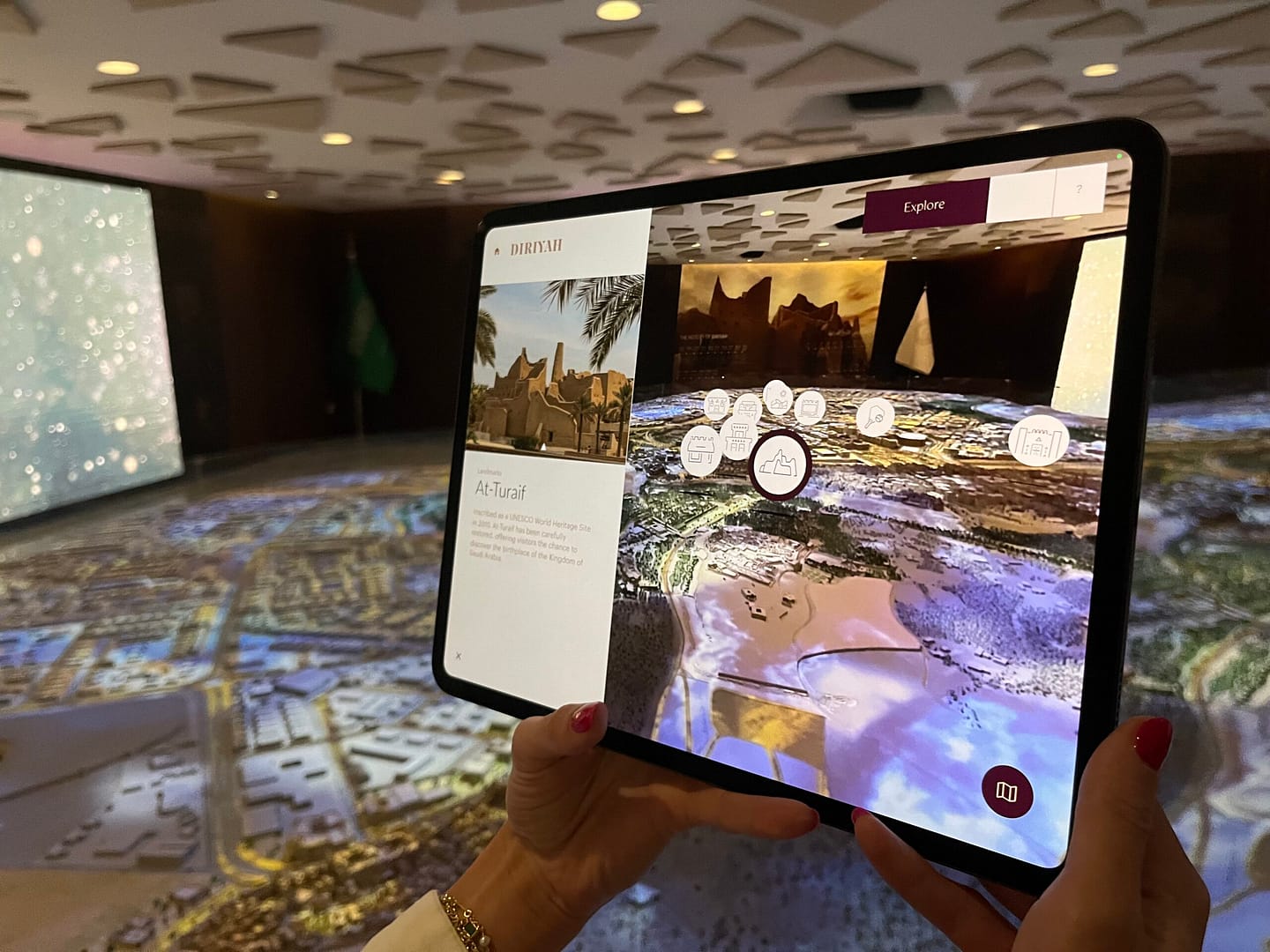
This article first appeared in Creative Brief written by, Harry Wright, Strategy Director from our London studio.
Back when I was taking my first steps in the advertising industry, the use of data to rationalise ideas was rapidly becoming the it thing. Agencies that wheeled out an employee with a ‘data-something’ title during the pitch process were pretty much guaranteed to win. And, given the subjectivity of creativity, it made sense. It was reassuring for a budget-allocating client to have concrete numbers they could share with stakeholders – proof that their decision wasn’t a complete gamble.
But then came the era of statistical abundance.
As a society, we are now drowning in data. Few sectors feel this more than the creative industry. It’s not uncommon to find entire chapters in pitch decks filled with vast swathes of statistical analyses designed to prove, beyond procuremental doubts, that the creative ideas you’re presenting didn’t come out of thin air. It sounds great, in theory. But the problem is, you can now find data sets to support pretty much any argument. If everything can be rationalised with data, does it still hold the same value for clients?
To the data-somethings reading this, yes, of course, data is still crucial. That’s not going to change. However, in this era of statistical abundance, data is no longer the pitch-winning secret sauce it once was. For every stat you’ve found, there are likely three other agencies with equally robust statistics supporting their own approach. Data isn’t a USP anymore – it’s a hygiene factor. And your real point of difference risks getting lost in the quagmire that is your clients’ data fatigue.
While the definition of data fatigue is self-evident, the ramifications, especially in a pitch setting, are significant. It leads to reduced attention to data and insights and general apathy and scepticism toward data-driven messages or metrics, which isn’t great if that’s the nugget that’s meant to set your creative approach apart from everyone else’s.
So, how do you grab your audience before your big creative reveal? The answer, in my opinion, lies in behavioural science.
Behavioural science is the study of how people make decisions and behave in real-world contexts. It integrates insights from psychology, economics, neuroscience, and sociology to better understand the complexity of human behaviour. Rather than assuming that individuals always act logically or in their own best interest, behavioural science explores how emotions, cognitive biases, habits, and social influences shape our choices.
Theories of behavioural science are perceived to be trustworthy and reliable because they’re grounded in rigorous research methods and they’ve weathered the scrutiny of critical thinkers and peer review. But, more than that, they’re rooted in the irrationality of feeling, which has the potential to push your creatives into more diverse and left-field thinking that somehow still makes sense.
Coincidentally, the overarching message around Ad Land is that brilliant creative is all about making your audience feel something. That’s what engages your audience and resonates the most. Emotion. The same can be said for brilliant strategy as well. After all, a strategic set up is just another narrative that gets your audience hyped for a big reveal. As such, the biggest problem I have with data is that it’s undeniably soulless. Yes, you can pull some interesting and potentially campaign-defining insights from it, but you can also see people visibly glazing over as soon as you start outlining how X per cent of [audience group] enjoy Y. Ultimately, the response, whether it’s uttered or not, will usually be… so what?
But the better question is: Why? Why do they enjoy it? That’s where the true value lies.
When used in the right way, behavioural science doesn’t need supporting stats to persuade people. They’ll simply know it to be true. Not as a result of your incredible delivery but because they will recognise the inherent behaviours that they themselves have exhibited or they’ve seen being acted out by the people they’ve encountered in their day-to-day lives. Because behavioural science reflects real human behaviours. It takes the irrational and makes it rational. It’s the ‘aha!’ moment in the room that gets everyone on the same page and fills them with a sense of reassurance through unified realisation and satisfaction. So, while the importance of data can’t be underestimated, it might be time to get a bit more behavioural if you want to stand out from the crowd.



